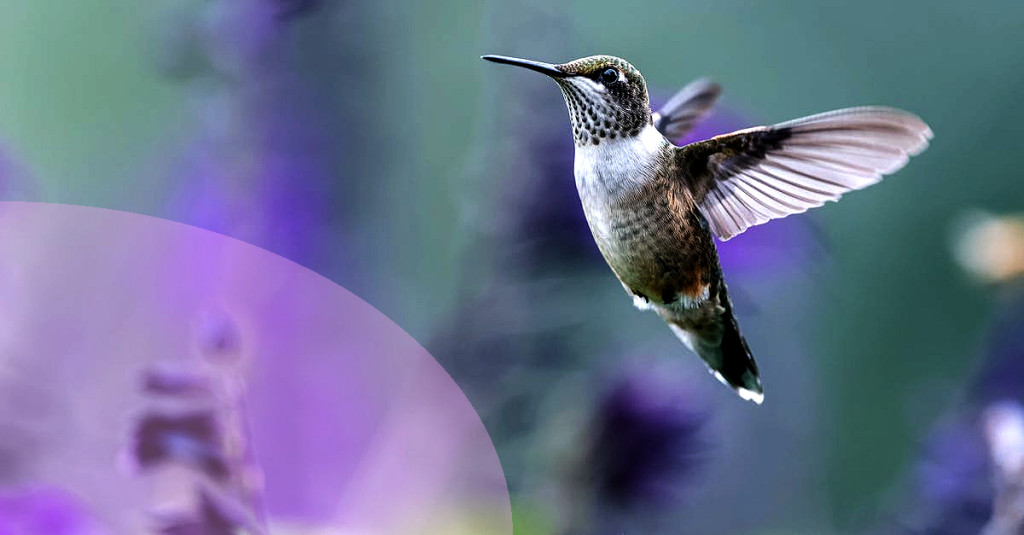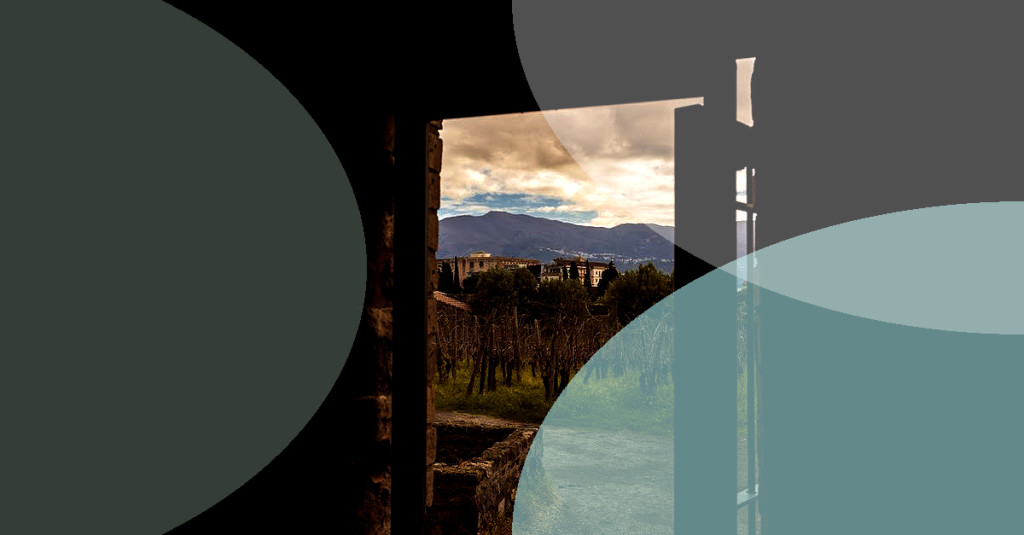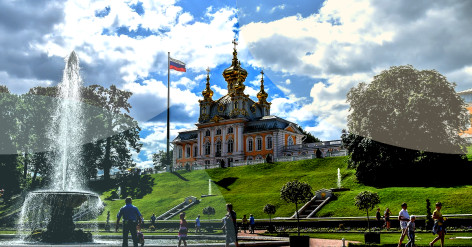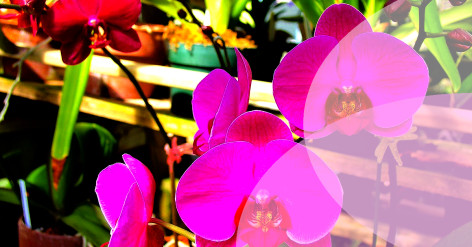How to Create a Garden That Attracts Hummingbird Moths

Introduction
Plant the Right Flowers
There is something magical about seeing hummingbird moths in your garden. These fascinating creatures, also known as Hawk moths, resemble hummingbirds in size, shape, and their peculiar way of hovering in the air while feeding on flowers. Attracting these moths to your garden not only brings life and beauty but also contributes to the essential process of pollination. The secret to creating a hummingbird moth haven lies in the selection of plants and specific garden features. In this article, we'll unravel the Ultimate Secret Garden Experience by exploring useful tips and strategies for making your garden a hummingbird moth paradise.
Opt for Tubular and Nectar-Rich Flowers
Hummingbird moths are nectar-feeders, and their long proboscis (tongue) allows them to feed on tubular flowers. Selecting moth-attracting flowers is an essential step to create a garden that lures these extraordinary creatures.
Incorporate Fragrant and Night-Blooming Flowers
Some popular tubular flowers that attract hummingbird moths include:
-
Buddleia (Butterfly Bush): Known for its long, spiky flowers in various colors, the Butterfly Bush not only attracts hummingbird moths but butterflies too! Information about different species of Buddleia can be found at this horticulture resource.
-
Monarda didyma (Bee Balm): This perennial comes in red, pink, or purple tubular flowers that attract hummingbird moths, bees, and butterflies.
-
Salvia: These nectar-rich perennials produce tubular flowers in a variety of colors like red, purple, or blue. Find more about the different varieties of Salvia on this informative site Plant Delights Nursery.
Provide Food, Water, and Shelter
Hummingbird moth species like the White-lined Sphinx are most active during early morning or late afternoon hours, while others like the Evening Primrose Moth come out at twilight or nighttime. Adding a few night-blooming or fragrant flowers can boost your garden's allure. Consider including:
-
Nicotiana (Flowering Tobacco): Providing an abundance of night-fragrant blooms, these flowers have tubular shapes, perfect for hummingbird moths.
-
Datura or Brugmansia (Angel's Trumpet): These plants produce large, fragrant, trumpet-shaped flowers that mainly bloom at night.
Related articles
Plant in Clusters and Different Heights
Food, water, and shelter are essential factors for attracting hummingbird moths and other pollinators.
Offer a Water Source
Grouping the same plant species together in clusters helps hummingbird moths locate their preferred flowers more efficiently. Planting clusters at varying heights can also provide essential shelter.
Let Your Garden Evolve

A shallow birdbath or water dish can provide drinking water for hummingbird moths and other pollinators. Keeping the water fresh and clean can make the difference between a thriving garden and an abandoned one.
Embrace Your Newly-Found Garden Visitors
Providing a lush and diverse environment for hummingbird moths is more of a journey than a one-time task. Learning which plants thrive in your region, and when they flower ensures the moths keep returning to your garden.
Once you have followed these guidelines, your garden should be a popular destination for hummingbird moths. Enjoy observing these enchanting creatures while appreciating the crucial role they play in pollination. By attracting hummingbird moths, you not only create a magnificent garden but also contribute positively to the environment.
Attracting hummingbird moths to your garden is a gratifying and rewarding experience. It's time to transform the ordinary into the extraordinary by providing the right flowers, food, water, and shelter for these unique insects. Guest visits from hummingbird moths capture the essence of the Ultimate Secret Garden Experience. So, roll up your sleeves and begin your journey towards enchanted gardening.





